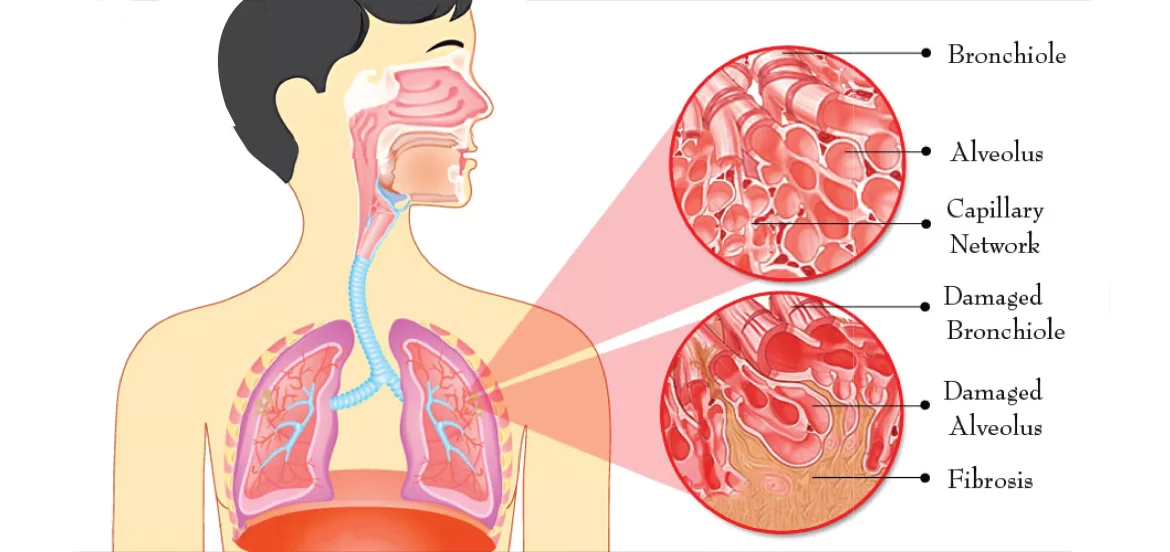Paroxysmal fibrosis is a complex medical condition characterized by sudden, recurring episodes of atrial fibrillation (AFib).
These episodes, known as paroxysms, can be disruptive to daily life and require effective management to reduce symptoms and prevent complications. In this article, we will explore five treatments for paroxysmal fibrosis that healthcare professionals commonly recommend.
5 Treatments for Paroxysmal Fibrosis
1. Medication Therapy
One of the primary approaches to managing paroxysmal fibrosis is through medication therapy. Several medications are used to control heart rhythm and rate during episodes of AFib. Antiarrhythmic drugs such as flecainide, propafenone, and amiodarone are often prescribed to help restore and maintain normal heart rhythm. These medications work by blocking abnormal electrical signals in the heart, thus reducing the frequency and duration of AFib episodes.
Additionally, anticoagulant medications like warfarin, dabigatran, and rivaroxaban are essential for patients with paroxysmal fibrosis to reduce the risk of blood clots and stroke. These medications prevent the formation of clots in the atria, which can occur due to irregular heartbeats during AFib episodes.
see also: 8 Herbal Medicines for Treating Heart Arrhythmias
2. Cardioversion
Cardioversion is a procedure commonly used to restore normal heart rhythm in patients with paroxysmal fibrosis. It involves delivering an electrical shock to the heart either externally (external cardioversion) or internally through a catheter (internal or transvenous cardioversion). The goal of cardioversion is to synchronize the heart’s electrical activity and reset it to a normal rhythm.
External cardioversion is typically performed under sedation in a controlled medical setting, while internal cardioversion may require more specialized equipment and expertise. Cardioversion is often effective in terminating AFib episodes and can provide immediate relief for patients experiencing symptoms such as palpitations, shortness of breath, and fatigue.
3. Ablation Therapy
Ablation therapy is a minimally invasive procedure used to treat paroxysmal fibrosis by targeting and disrupting abnormal electrical pathways in the heart. During the procedure, a catheter with a specialized tip is guided to the heart through blood vessels, and radiofrequency energy or cryotherapy (freezing) is used to create small scars or lesions in areas of the heart responsible for triggering AFib.
Pulmonary vein isolation (PVI) is a specific type of ablation commonly used for paroxysmal fibrosis, focusing on isolating the pulmonary veins from the left atrium to prevent abnormal electrical signals from entering the atria. Ablation therapy aims to reduce or eliminate AFib episodes and may be recommended for patients who do not respond well to medication or have frequent, debilitating symptoms.
4. Lifestyle Modifications
In addition to medical and procedural interventions, lifestyle modifications play a crucial role in managing paroxysmal fibrosis and reducing the frequency of AFib episodes. Patients are often advised to make the following changes to improve their heart health and overall well-being:
Maintain a healthy weight: Obesity and excess weight can contribute to AFib episodes. Adopting a balanced diet and regular exercise regimen can help manage weight and reduce the strain on the heart.
Manage stress: Stress and anxiety can trigger AFib episodes. Practicing relaxation techniques such as meditation, deep breathing exercises, and yoga can help reduce stress levels and promote heart health.
Limit alcohol and caffeine intake: Alcohol and caffeine consumption can exacerbate AFib symptoms. Patients are advised to moderate their intake or avoid these substances altogether to minimize the risk of AFib episodes.
Quit smoking: Smoking is a significant risk factor for heart disease and AFib. Quitting smoking can improve cardiovascular health and reduce the likelihood of AFib recurrence.
5. Implantable Devices
For some patients with paroxysmal fibrosis, implantable devices may be recommended to monitor heart rhythm and provide therapeutic interventions when needed. These devices include:
Pacemakers: Pacemakers are implanted to regulate heart rate and rhythm. They can detect and respond to abnormal heart rhythms, including AFib, by delivering pacing signals or electrical impulses to maintain normal heart function.
Implantable cardioverter-defibrillators (ICDs): ICDs are used in patients at high risk of life-threatening arrhythmias.
They can deliver electrical shocks to restore normal heart rhythm if a dangerous arrhythmia, such as ventricular fibrillation, occurs.
These implantable devices can significantly improve the management of paroxysmal fibrosis by monitoring heart activity, detecting arrhythmias, and providing timely interventions to prevent complications.
Conclution
In conclusion, the treatment of paroxysmal fibrosis involves a comprehensive approach that combines medication therapy, procedural interventions, lifestyle modifications, and in some cases, implantable devices. By working closely with healthcare providers and following personalized treatment plans, patients with paroxysmal fibrosis can effectively manage their condition, reduce symptoms, and improve their quality of life.

